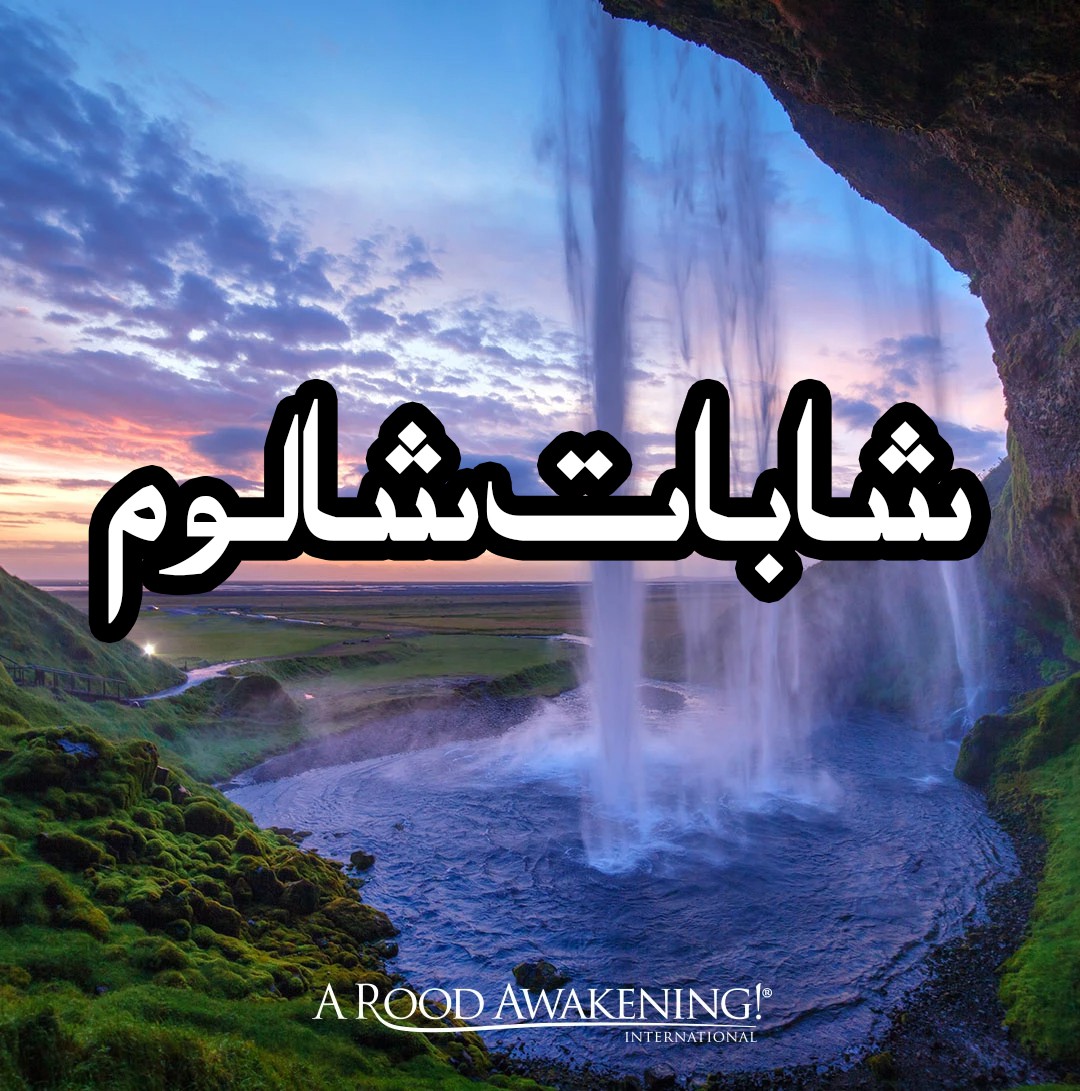Watch
Events
Articles
Market
More
Let another praise you and not your own mouth, a stranger and not your own lips.
Proverbs 27:2 TLV
Self-acclamation only impresses the simple-minded. Yeshua let others name him as Messiah and the Son of God, and Paul said, "For it is not the one who commends himself who is approved, but the one whom the Lord commends."



It's not a sin to cooperate or to build cities and towers. It is a sin, however, to believe you can escape divine judgment through your own efforts. You can't save mankind from God by uniting, building higher than the mountains, or colonizing Mars.
God scattered mankind at Babel because their pride was going to lead them to repeat the crimes of their antedeluvian ancestors. Mankind's common enemy specializes in twisting a good idea into something evil. There are good kinds of unity and division that bring us closer to God and his ideals, but Satan encourages evil unities and divisions that pull us away into wickedness.
There are multiple Great Dispersions recorded in Scripture: Eden, Babel, Egypt, Assyria, Babylon.... Probably others. These were all meant to be restorative, to undo some perversion of Satan's.



Ever since human beings started defining good and evil for themselves, we've had this problem of consigning people we define as evil to destruction. As if that didn't create enough problems, it infringes on the roles our righteous, just, and merciful God assigns to His people to be peacemakers and ministers of reconciliation, as well as his agents of judgment on blatant wickedness.
https://thebarkingfox.com/2023..../10/21/mourning-the-



Ever since human beings started defining good and evil for themselves, we've had this problem of consigning people we define as evil to destruction. As if that didn't create enough problems, it infringes on the roles our righteous, just, and merciful God assigns to His people to be peacemakers and ministers of reconciliation, as well as his agents of judgment on blatant wickedness.
https://thebarkingfox.com/2023..../10/21/mourning-the-



Proverbs 3:11—12, “My son, do not reject the discipline of the LORD, and do not loathe His rebuke; for the LORD corrects the one He loves, as does a father the son in whom he delights.” Holding each other accountable displays how much we love them, but allowing them to destroy themselves also displays how much we hate them. When we hold each other accountable, it must be done in love.



Shabbat Shalom Torah Family!
#torah #god #yhvh #messianic #dayofrest #shabbatrest #shabbatshalom #michaelrood #aroodawakening #urdu




GidgetsMom
Delete Comment
Are you sure that you want to delete this comment ?